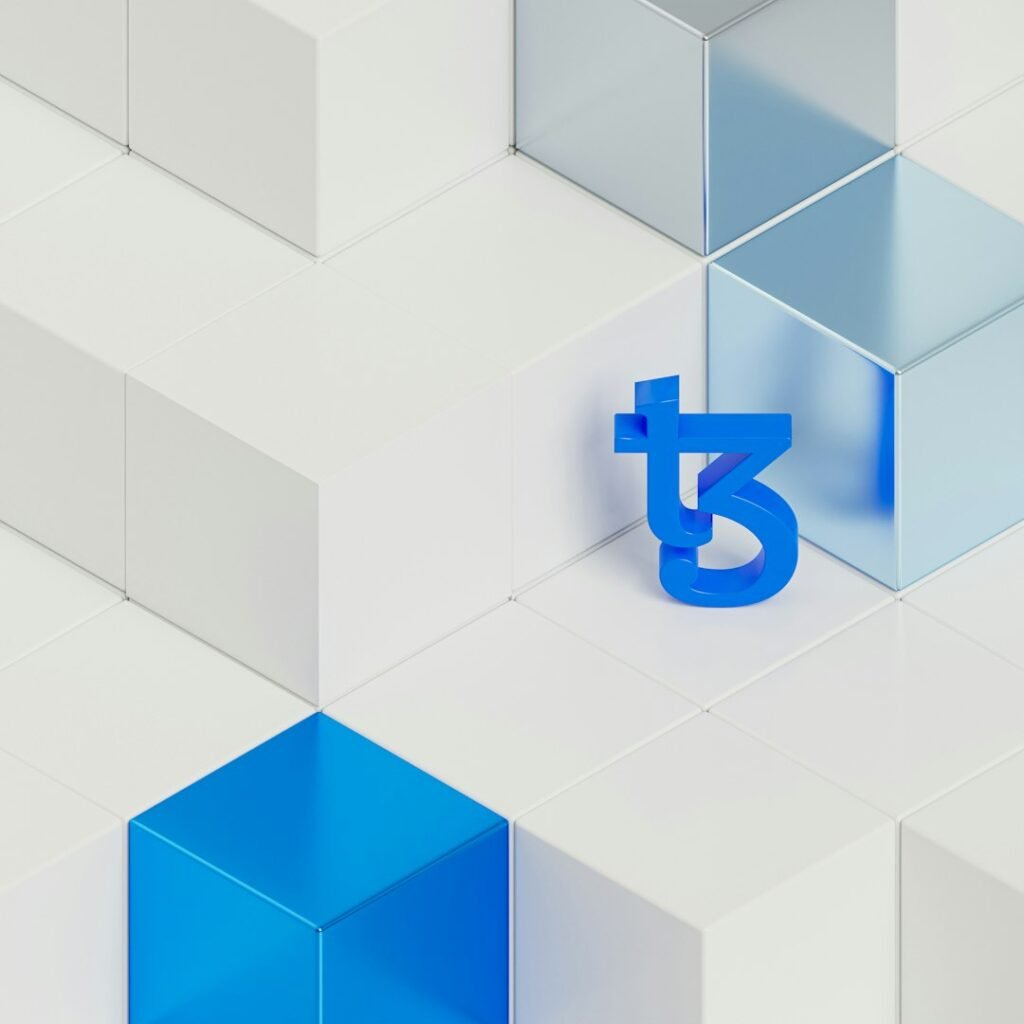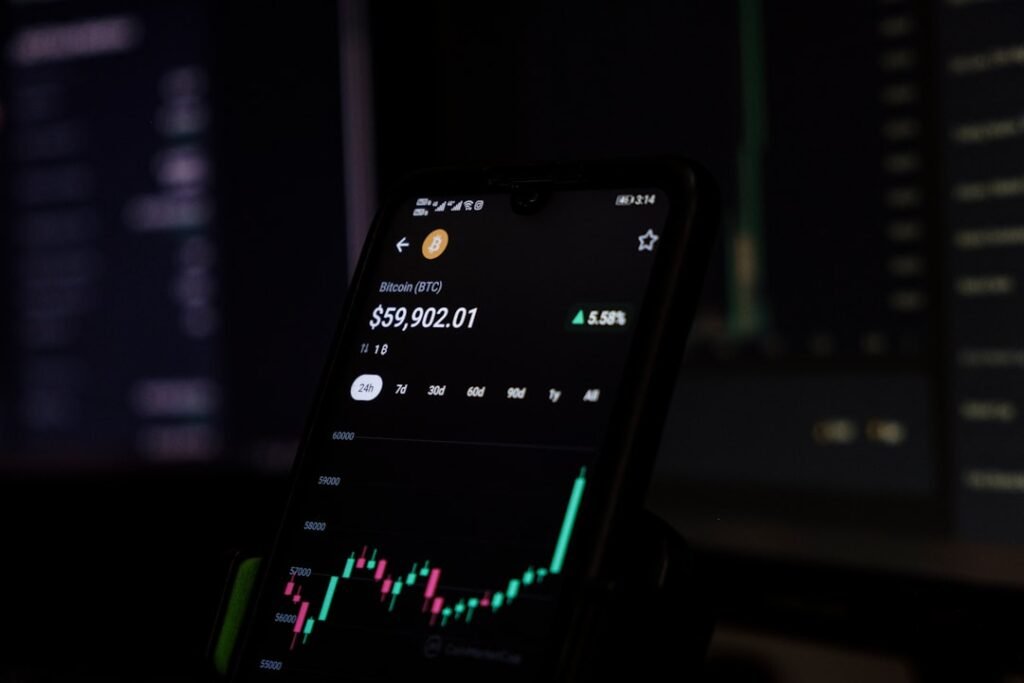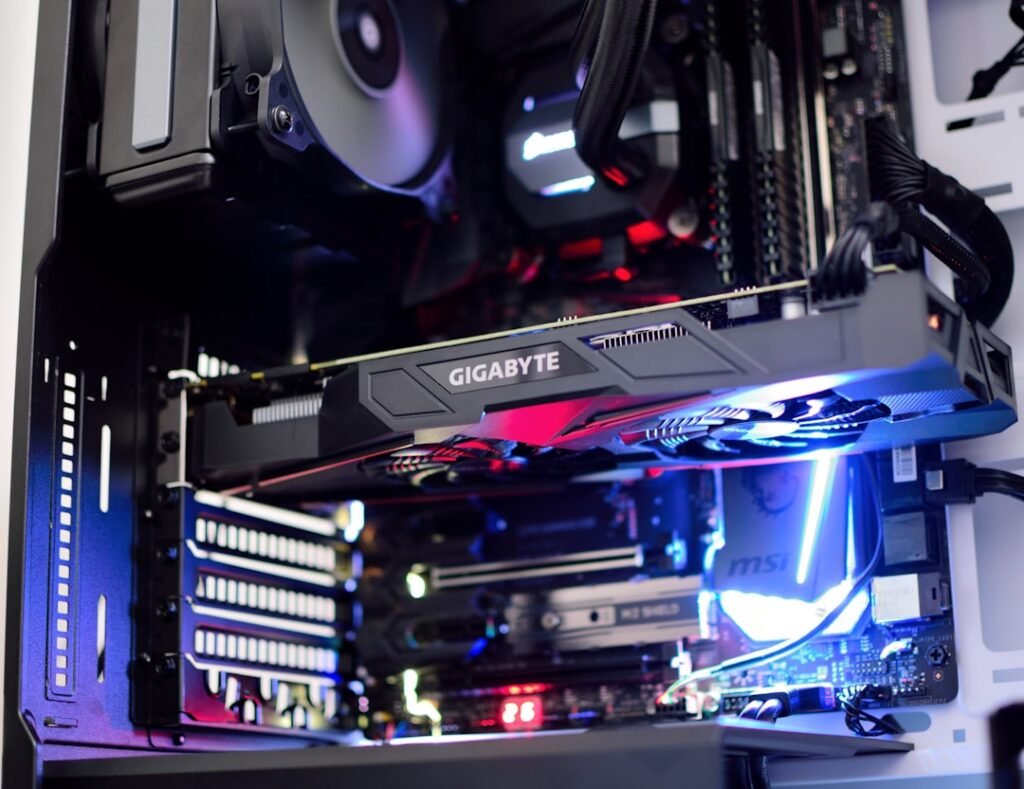The Critical Role of Blockchain Nodes: Why Running Your Own Node Matters
Understanding Blockchain Nodes
At the heart of every decentralized blockchain network lies an army of nodes – specialized computers that form the backbone of this revolutionary technology. A blockchain node is a device running software that connects to a blockchain network, enabling direct interaction with the distributed ledger. These nodes perform three critical functions:
- Validating transactions according to the network's consensus rules
- Storing blockchain data (either fully or partially)
- Relaying information across the network
Without nodes, blockchains would cease to function as decentralized systems. They replace centralized authorities by distributing trust across a global network of participants who collectively maintain the integrity of the ledger.
Types of Blockchain Nodes
Full Nodes: The Network's Backbone
Full nodes serve as the foundation of blockchain security:
- Store the entire blockchain history (currently 400+ GB for Bitcoin)
- Independently validate every transaction and block
- Enforce the network's consensus rules
- Relay transactions to other nodes
- Require significant storage and bandwidth (5 GB/day upload recommended)
Despite their critical importance, there are fewer than 10,000 Bitcoin full nodes globally – a surprisingly low number that threatens decentralization.
Light Nodes (SPV Nodes): Efficient Alternatives
Light nodes provide resource-efficient participation:
- Store only block headers (not full transaction data)
- Rely on full nodes for transaction verification
- Ideal for mobile wallets and resource-constrained devices
- Consume minimal storage and bandwidth
- Sacrifice some security for efficiency
Why Run Your Own Node? Key Advantages
1. Unmatched Transaction Control
Running your node means you:
- Eliminate third-party reliance for broadcasting transactions
- Personally verify every transaction against consensus rules
- Reject invalid or non-compliant transactions immediately
- Maintain complete sovereignty over your blockchain interactions
2. Enhanced Security and Privacy
Your node acts as your private gateway:
- Verify transactions independently without exposing data to third parties
- Keep private keys entirely offline (hardware wallets still require node connection)
- Prevent service providers from profiling your transaction history
- Reduce attack vectors compared to lightweight wallets
3. Strengthening Network Decentralization
Each new node:
- Increases network resilience against censorship and attacks
- Provides additional connection points for other participants
- Distributes data storage across more locations
- Counters the trend toward centralization (especially critical with <10K Bitcoin nodes)
4. Real-Time Transparency and Auditing
Node operators gain:
- Direct access to raw blockchain data
- Ability to independently audit transactions in real-time
- Complete visibility into network state without intermediaries
- Powerful tools for compliance verification
5. Development and Testing Capabilities
For developers, running a node enables:
- Direct blockchain interaction without third-party API limitations
- Local testing of smart contracts and dApps
- Experimentation with network features
- Reduced latency during development cycles
The Challenges of Running a Node
1. Significant Resource Requirements
Full nodes demand substantial infrastructure:
- Storage: 400GB+ for Bitcoin (growing daily)
- Bandwidth: 5GB/day upload + 500MB/day download minimum
- Processing Power: Modern multi-core CPU recommended
- Uptime: Requires 24/7 connectivity for optimal operation
2. Technical Expertise and Maintenance
Node operation involves:
- Regular software updates and security patches
- Continuous monitoring for performance issues
- Troubleshooting connectivity and synchronization problems
- Security hardening against attacks
3. Legal and Regulatory Uncertainty
Operators face:
- Varying legal status of cryptocurrencies across jurisdictions
- Potential regulatory scrutiny in restrictive regions
- Tax implications of node operation
- Compliance challenges in evolving regulatory landscapes
4. Security Risks
Nodes become targets for:
- DDoS attacks attempting to overwhelm network connections
- Exploitation attempts targeting node software vulnerabilities
- Physical security risks for self-hosted hardware
- Sybil attacks attempting to corrupt network consensus
5. Connectivity Demands
Reliable operation requires:
- Enterprise-grade internet with static IP (typically)
- Uninterruptible power supplies (UPS systems)
- Redundant connections to prevent downtime
- Low-latency networking infrastructure
Step-by-Step Guide to Running Your Node
1. Selecting a Blockchain Network
Consider:
- Purpose: Bitcoin (store of value), Ethereum (smart contracts), etc.
- Resource requirements: Storage needs and hardware specifications
- Consensus mechanism: Proof-of-Work vs Proof-of-Stake
- Community support: Documentation and developer resources
2. Hardware Selection
Key components:
- Storage: 1TB+ SSD (NVMe preferred for sync speed)
- RAM: 8GB minimum (16GB+ recommended)
- Processor: Modern quad-core CPU
- Internet: Unlimited data plan with 100+ Mbps speeds
3. Hosting Options
Self-Hosting (Maximum Control)
- 장점: Maximum decentralization, full control
- 단점: Requires technical expertise, higher setup complexity
- Hardware: Dedicated mini-PCs or repurposed computers
Cloud Hosting (Balanced Approach)
- 장점: Professional infrastructure, easier scaling
- 단점: Ongoing costs, less decentralized than self-hosting
- Providers: AWS, Google Cloud, DigitalOcean
Node-as-a-Service (Easiest Entry)
- 장점: One-click setup, managed maintenance
- 단점: Least decentralized model
- Use Case: Beginners with limited technical skills
4. Software Installation and Configuration
Critical steps:
- Download official node software (Bitcoin Core, Geth, etc.)
- Configure network ports and firewall rules
- Allocate sufficient storage space for blockchain data
- Set appropriate memory allocation for your hardware
5. Security Hardening
Essential protections:
- Implement strict firewall policies (allow only necessary ports)
- Use SSH key authentication instead of passwords
- Configure automatic security updates
- 사용 encryption for blockchain data storage
6. Synchronization and Operation
Final steps:
- Initial sync: May take days to download entire blockchain
- Monitoring setup: Track resource usage and sync status
- Automated maintenance: Scripts for regular restarts/updates
- Connection testing: Verify peer connections and data relay
The Node Operator's Responsibility
Running a node carries significant responsibilities:
- Maintain high uptime to support network health
- Promptly apply security updates to prevent vulnerabilities
- Monitor resource usage to avoid service interruption
- Regularly verify proper blockchain validation
- Contribute to decentralization by encouraging others to run nodes
Conclusion: Weighing the Commitment
Running your blockchain node represents the purest form of participation in decentralized networks. While the advantages – enhanced security, complete privacy, and strengthening decentralization – are substantial, the commitment requires careful consideration:
- For individuals: Light nodes offer a practical balance for daily use, while full nodes serve those prioritizing maximum security
- For businesses: Full nodes provide transaction auditing capabilities and reduce third-party dependencies
- For developers: Local nodes are essential for building and testing decentralized applications
The surprisingly low number of Bitcoin full nodes (under 10,000 globally) highlights an urgent need for more participants to maintain true decentralization. As blockchain technology evolves, simplified node operation solutions continue to emerge, potentially bridging the gap between convenience and network participation.
Your decision to run a node ultimately represents a personal commitment to the foundational principles of blockchain technology – principles of self-sovereignty, decentralization, and cryptographic truth. The health of decentralized networks depends on those willing to take this step beyond passive consumption into active participation.











